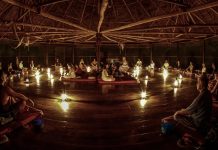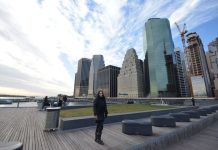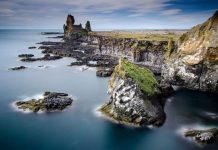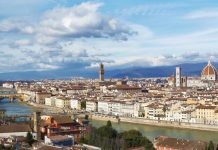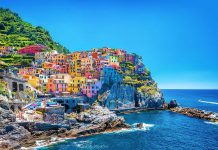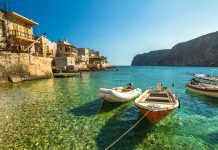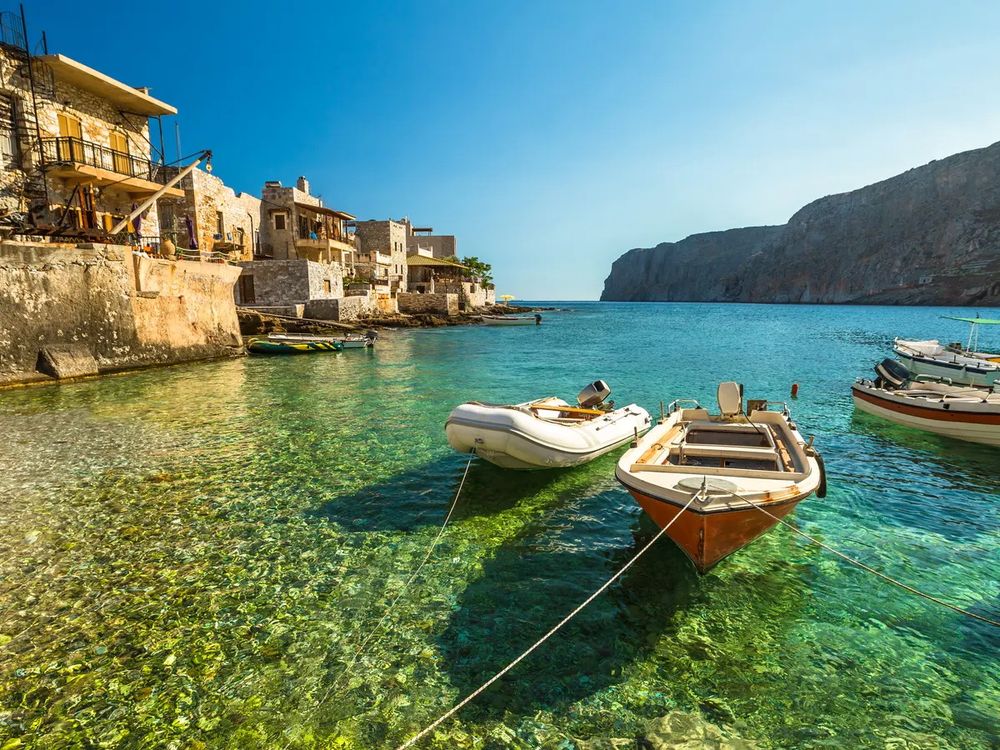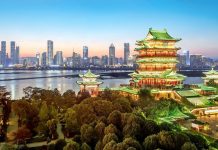The Turkish equivalent of the American “Bible belt”, Konya is in a delicate position: its historical significance as the hometown of the fraternities of the rotating dervishes and the bastion of the Seljuk culture is lost in the current situation of the city experiencing an economic boom. This layering of the old and the new gives the city a certain charm.
Ancient mosques and the whirl of the market district collide with modern Horses around Alaaddin Hill, where fashionably dressed university students talk in outdoor tea rooms about religion and politics. Driving through this region, say, from the coast of Cappadocia, keep in mind that the wonderful Mevlana Museum is one of the most beautiful and best-characterized sights of Turkey.
History
Almost 4,000 years ago, the Hittites named this city Kuwana. For the Phrygians it was a Forge, for the Romans it was an Iconium, for the Turks it was Konya. Iconium was an important provincial town, which was visited several times by St. Paul and the Apostle Barnabas.
In the period from about 1150 to 1300, Konya was the capital of the Seljuk Sultanate of Rum, covering most of Anatolia. The Seljuk sultans gifted Konya with dozens of beautiful buildings in an undoubtedly Turkish, but with Persian and Byzantine roots architectural style. Konya is traditionally located in the heart of the Turkish farmer’s granary, but nowadays light industry and pilgrimage tourism play at least no less a role.
Attractions
Mevlana Museum
For both professing Islam and representatives of other faiths, the main reason for a trip to Konya is a visit to the Mevlana Museum, formerly the haven of the brotherhood of rotating dervishes. On religious holidays, the museum’s opening hours may be extended.
Jalal al-Din Rumi, originally from the Seljuk Sultanate of Rum, was one of the world’s greatest mystical philosophers. His poems and theological works, written mainly in the then bookish Persian language, are still among the most revered in the Islamic world today. Later, he received the nickname Mevlana among his followers.
Rumi was born in 1207 in the Afghan city of Balkh. His family fled from the imminent Mongol invasion, first to Mecca, and then moved to the Rum Sultanate, settling in Konya in 1228. His father, Baha ed-Din Veled, was a respected theologian, known by the nickname “Sultan of Scholars”. Rumi was a brilliant student of Islamic theology, after the death of his father in 1231, he continued his education in Aleppo and Damascus, after which he returned to Konya in 1240.
In 1244 Remy met with one of his father’s Sufi disciples Mehmet Shemseddin Tabrizi, also known as Shemsi Tabrizi or the Sun of Tabriz. Tabrizi had a huge influence on Rumi, but in 1247 he was killed by a crowd of Rumi’s students, dissatisfied with his growing influence on his teacher.
Over the centuries since Mevlan’s death, more than 100 local dervish brotherhood organizations have been formed throughout the Ottoman territories. The instructions of the dervishes had a noticeable conservative influence on the political, social and economic life of the country, and countless Ottoman sultans were followers of the mystical teachings of Mevlevi. Ataturk regarded the dervishes as an obstacle to the development of the Turkish people, and in 1925 banned the brotherhood, but several fraternities remained as religious, using legal tricks. The Konya branch was revived in 1957 . under the flag of the “cultural association”, created to preserve historical traditions.
For Muslims, this museum is a sacred place, more than 1.5 million people, mostly Turks, visit it every year. Here you will see a lot of people crying out to Rumi for help. At the entrance, women must cover their heads and shoulders, no one is allowed to visit the museum in shorts.
The mausoleum is visible from afar, its fluted dome lined with turquoise tiles is one of the most expressive sights of Turkey. After walking through the charming garden, you will pass through the Kapisa Dervish and enter the courtyard with a fountain for ablution in the center.
Take off your shoes and go to the Typavet, also known as the “calligraphy room” – for the stands with samples of calligraphic writing presented here.
On the silver door closing the entrance to the mausoleum in the Ottoman style it is written: “He who enters here imperfect will come out perfect.” Entering the mausoleum, look to the left, at the large bronze April bowl. April rains, vital for local peasants, are still considered sacred, their moisture was collected in this bowl of the XIII century. The tip of Mevlan’s turban was immersed in water, which was then used to heal the suffering. On the left are also six sarcophagi of Bahaeddin Veled’s associates who accompanied him on his way from Afghanistan.
Move forward to the part of the room that is directly under the fluted dome. Here is the tomb of Mevlan, flanked by the tombs of his son, Sultan Veled and other prominent dervishes. All of them are covered with velvet shrouds heavy from sewing gold threads, and on the tombs of Mevlan and Veled there are huge turbans, symbols of spiritual leaders; the number of turns of the turban corresponds to the level of holiness of its owner. The wooden tomb of Bahaeddin Veled stands vertically, which allows adherents to consider Mevlan a saint so much that even his father expresses his respect standing. There are 65 sarcophagi on the platform in total, not all of them are visible.
The mausoleum of Mevlan dates back to the era of the Seljuks. The mosque and semakhane, where the rotation ceremonies are held, were added later by the Ottoman sultans, and Suleiman the Magnificent made charitable contributions). The conqueror of Egypt Selim I granted Mamluk crystal lamps.
In a small mosque and to the left of the burial chamber there are exhibits such as musical instruments, an authentic copy of the Book of Couplets “Masnavi”, a prayer mat of Mevlan, as well as a Christian manuscript of the IX century on the skin of a gazelle. There is a casket with strands of hair from the beard of the Prophet Muhammad, as well as such a tiny copy of the Koran that the master who wrote it went blind in the process. To the left you will see a secade with an image of the Kaaba in Mecca. Made in Iran from silk and wool, it consists of about three million knots – an exceptionally fine work.
Maybach is located in the southwest corner of the courtyard. It is decorated, as it used to be on the day of the Mevlana festival, mannequins depict dervishes. Pay attention to the wooden board with which the novice dervishes learned to rotate in a ritual dance. The cells of the dervishes run along the northern and western sides of the courtyard. Inside there are ethnographic expositions dedicated to the life of dervishes.
Behind the museum stands the Selimiyeimiye Jami Mosque, built between 1566 and 1574, when Sultan Selim II was governor of Konya.
DANCING WITH DERVISHES
The ritual ceremony of Mevlevi, called “sema” – possession of the dervishes, is a ritual dance symbolizing unity with God; it is this unity that makes the dervishes spin in their famous dance, included in the third list of masterpieces of the oral and intangible cultural heritage of UNESCO. Watching sema can enrich you with an unforgettable experience, romantic and memorable. There are many dervish fraternities all over the world where similar rituals are performed, but the Turkish version is the most rhythmic and flawless, it resembles an elegant, trance-like dance more than the pure release of energy characteristic of other places.
The dervishes are dressed in long white shirts with wide skirts, symbolizing their shrouds. The massive black robes of the dervishes symbolize their earthly tombs, and the conical caps represent tombstones.
The ceremony begins when Hafiz, who knows the entire Quran by heart, intones the prayer of Mevlan and surah from the Quran. The timpani strike, followed by the mournful sound of “ney”. Then the sheikh bends down and leads the dervishes in the hall in a circle. After three rounds, the dervishes shed their black robes, which symbolizes their liberation from earthly attachments. Then, one by one, with their arms folded on their chests, they rotate on the floor, freeing themselves from earthly life in order to be reborn in a mystical union with God.
Lifting up his right hand, the dervish receives a divine blessing transmitted to the earth through his lowered left hand. As the participants circle, they form a “constellation” of rotating bodies, which also rotates slowly. The sheikh walks between them, checking whether each of the dervishes is performing the ritual correctly.
The dance is repeated again and again. Finally, hafiz recites surahs from the Koran again, consolidating the mystical union with God.
It is worth planning a trip to Kenya so as to be in the city on Saturday, when you can visit Semu at the Mevlana Cultural Center. If you want to learn more about the philosophy and beliefs of the Sufis, you can also attend a lecture on the teachings of Mevlana at 20.00, before the performance. Usually you do not need to book seats in advance, but you should come early to get them guaranteed.

